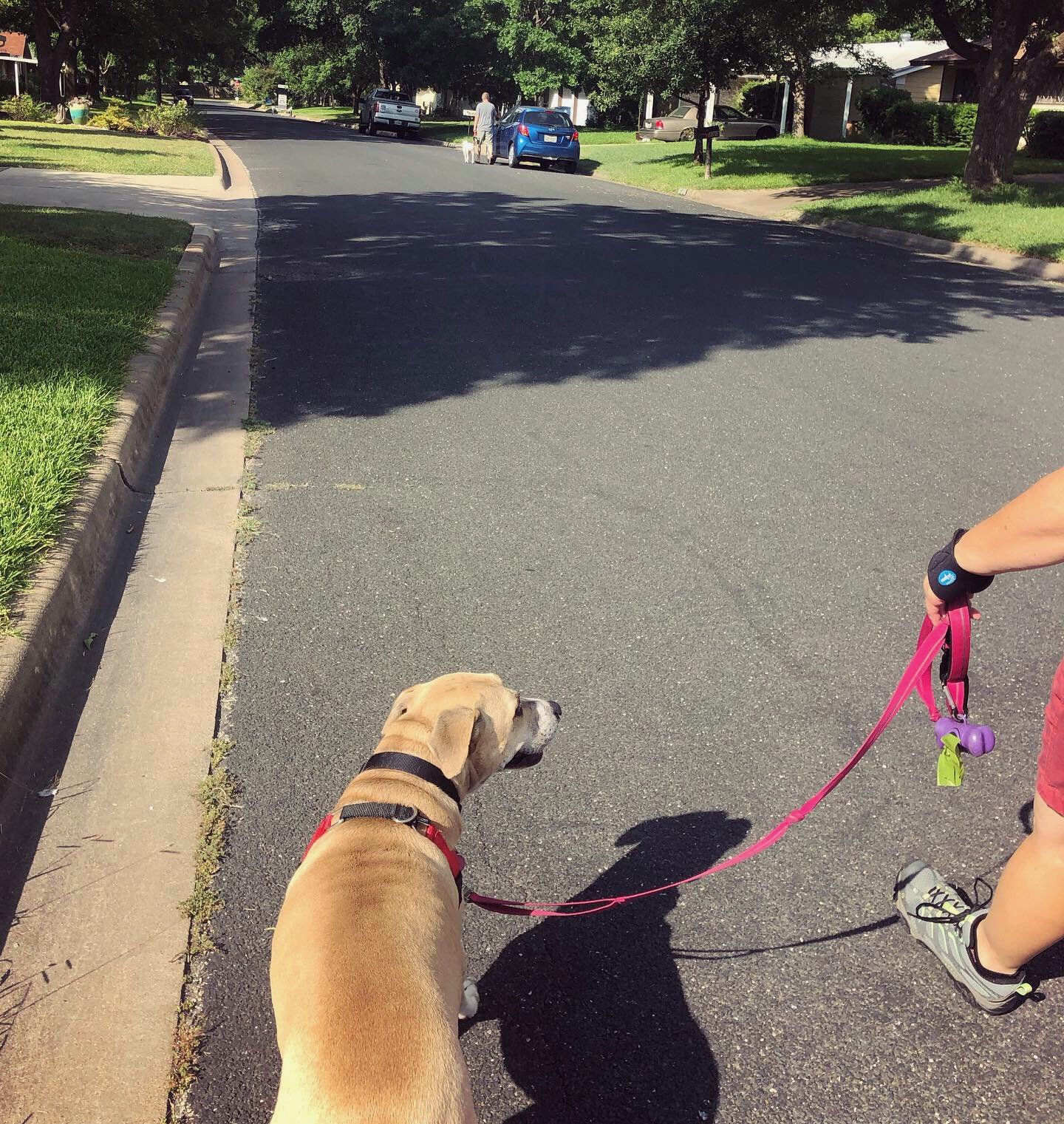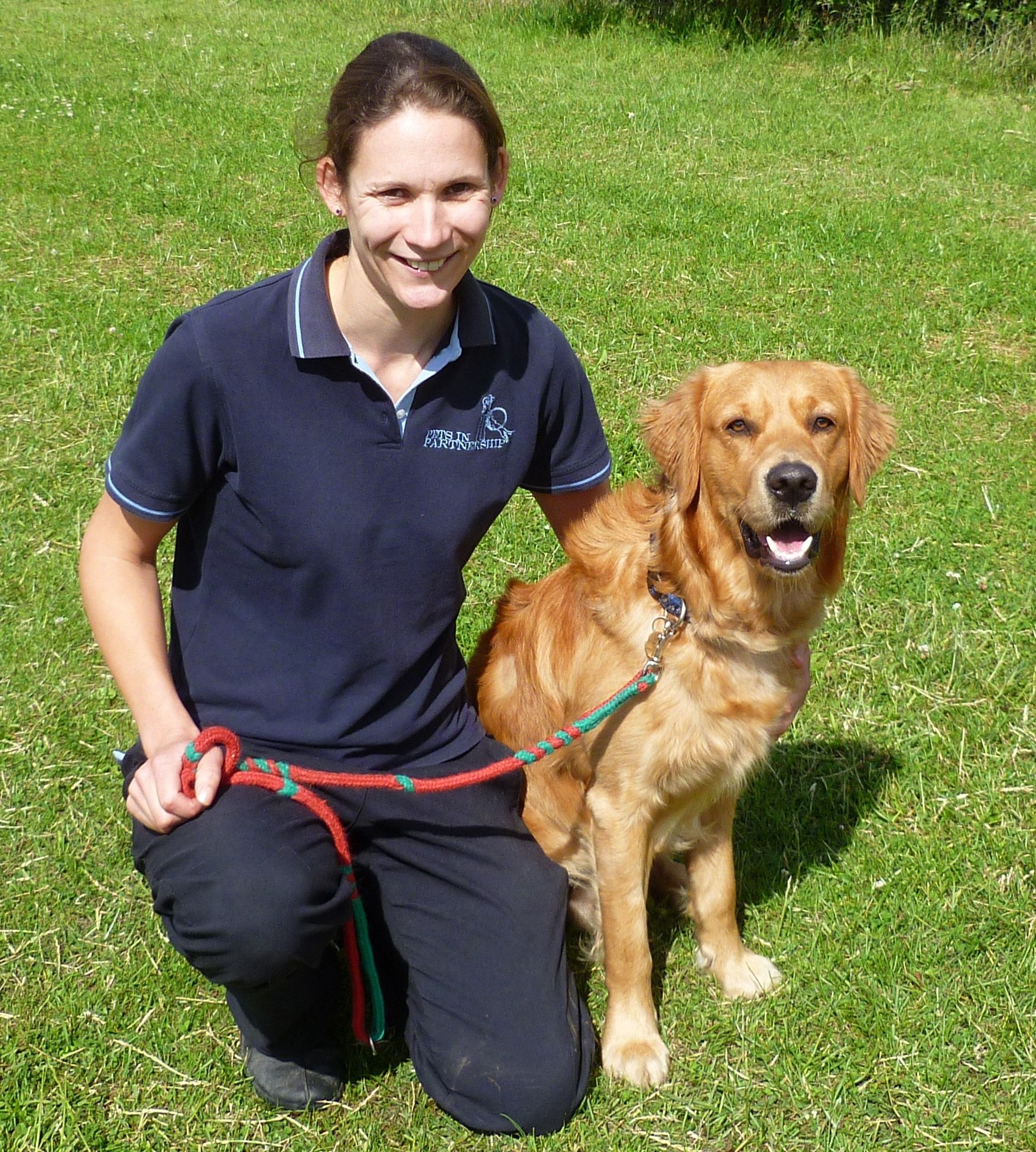Unlock Your Pet's Potential: Proven Canine Training Techniques for Success
Reliable pet dog training is a nuanced procedure that hinges on understanding canine actions and utilizing scientifically backed approaches. By integrating positive support, developing clear commands, and prioritizing socialization, pet dog owners can grow an efficient partnership with their family pets.
Understanding Canine Actions
Comprehending dog habits is important for efficient training and promoting a positive connection in between canines and their proprietors. An extensive understanding of canine body language, articulations, and social interactions is vital for recognizing their emotions and requirements. Dogs interact largely through non-verbal signs; for example, a wagging tail might indicate exhilaration, while pinned ears can signal concern or entry.

Additionally, ecological aspects play a considerable function fit a pet dog's habits. Modifications in routine, new environments, or the existence of unknown individuals can result in tension or anxiety in dogs. Recognizing these triggers makes it possible for proprietors to mitigate adverse reactions and create ideal training methods.
Eventually, a deep understanding of canine behavior lays the structure for effective training methods, enhancing both behavior and the overall bond in between the pet dog and its owner. dog training near me. This knowledge is indispensable for cultivating a well-adjusted, delighted canine buddy
Positive Support Methods
Effective training counts heavily on positive support techniques, which have actually been shown to yield significant results in forming preferred habits in pets. This approach involves awarding a pet dog for displaying particular habits, thereby raising the possibility that these habits will be repeated. Rewards can take different forms, consisting of treats, appreciation, toys, or play, depending on what encourages the individual pet dog.

It is important to gradually terminate benefits as the canine learns the behavior, transitioning to recurring support. This technique maintains the actions gradually while stopping dependency on constant incentives. By focusing on favorable reinforcement, trainers can grow a trusting partnership with their pet dogs, promoting a cooperative and healthy and balanced training environment that enhances total obedience and performance.
Developing Regular Commands
A basic aspect of successful canine training is the facility of constant commands. Consistency in commands is crucial for efficient communication in between the trainer and the pet. When commands are uniform, pets discover to link details words with preferred actions, which increases the training process and boosts understanding.
To establish constant commands, it check out this site is important that all member of the family utilize the very same terminology and motions. As an example, if a single person makes use of "sit" while one more claims "sit down," it can produce confusion for the pet dog. Select clear, distinctive words for commands and ensure everybody entailed in the dog's training follows these options.
In addition, repetition is essential. Strengthen commands via constant practice, making sure that the pet dog obtains ample chances to respond properly. When get more a pet successfully follows a command, immediate favorable support should follow. This could be in the type of treats, appreciation, or play, strengthening the link in between the action and the command.
Last but not least, hold your horses. Developing regular commands takes some time and initiative. With commitment and clearness, you will help your dog create a solid understanding of assumptions, eventually resulting in a well-behaved buddy.
Socialization and Exposure
Socializing a pet is essential for cultivating a positive and well-adjusted companion. This procedure includes subjecting your pet dog to a range of environments, individuals, and other animals to create their social skills and adaptability. Early socializing, ideally in between the ages of 3 to fourteen weeks, is vital, as it lays the foundation for a dog's future actions.
During socialization, goal to offer favorable experiences in different setups, such as parks, hectic streets, and homes with various other family pets. Introduce your pet to different non profit service dog training near me stimulations, including audios, sights, and scents, making sure that each encounter is satisfying. This exposure aids alleviate fear and stress and anxiety, leading the way for a more resistant canine.
Involving in controlled group play sessions with other pet dogs can additionally boost social skills, instructing your animal proper interactions and limits. Focusing on socializing will dramatically add to your dog's overall happiness and behavior throughout their life.
Conquering Common Training Challenges

Pets might have a hard time to focus in strange or hectic settings. Gradually desensitize your pet to interruptions by starting training in a peaceful setting and slowly presenting more stimulations as they come to be efficient.
In addition, behavioral problems like jumping or extreme barking can come to be aggravating. Address these by teaching alternative behaviors, such as resting steadly when welcoming guests. Uniformity and patience are critical; strengthen wanted habits regularly and avoid abuse, which can lead to confusion.
Lastly, acknowledge that each pet is special, and training timelines may vary. Tailor your technique to your pet dog's private requirements, and seek expert guidance if needed. With willpower and the best strategies, getting over these challenges can result in a well-trained, happy canine friend.
Final Thought
Finally, unlocking a dog's possible demands a detailed strategy that integrates an understanding of canine behavior, the application of positive reinforcement techniques, and the facility of constant commands. Early socializing and direct exposure to diverse atmospheres further enhance a pet dog's flexibility and confidence. By attending to usual training obstacles with customized methods and patience, a cooperative and harmonious partnership between dog and trainer can be cultivated, inevitably resulting in a mannerly friend efficient in growing in various situations.
Effective dog training is a nuanced procedure that hinges on understanding canine behavior and utilizing clinically backed methods.Recognizing dog behavior is important for efficient training and promoting a positive relationship in between dogs and their owners.Effective training depends heavily on positive support strategies, which have actually been shown to produce considerable results in shaping preferred actions in pet dogs. When commands are uniform, dogs find out to connect particular words with desired habits, which speeds up the training procedure and enhances understanding.
In final thought, opening a dog's prospective necessitates a comprehensive method that incorporates an understanding of canine actions, the application of favorable reinforcement methods, and the facility of constant commands.